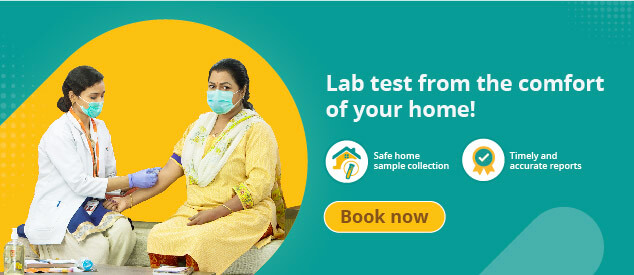Stay Safe From Dengue With These Precautions
By Dr. Nikita Toshi +2 more

Get,

to manage your symptom
Get your,


4 Cr+ families
benefitted

OTP sent to 9988776655



You’ve successfully subscribed to receive
doctor-approved tips on
Whatsapp

Get ready to feel your best.

Hi There,



Register to Avail the Offer
Send OTPBy continuing, you agree with our Privacy Policy and Terms and Conditions

Hi There,

Trusted by 4 crore+ families

OTP sent to 9988776655



You have unlocked 25% off on medicines




Code: NU25

By Dr. Nikita Toshi +2 more
Monsoon has arrived in India. The rainy season may be vital for the economy (agriculture, irrigation, power generation), but in a tropical country like India, this may also become a season of illnesses. One of the many dangers of the monsoon season is dengue.

Over the last decade, dengue fever has become very prevalent in India. This is a dangerous disease and must not at any cost be undermined as it can claim lives.
So, what is to be done? Let us understand the nature of dengue first.
Table of Contents
Dengue fever is caused by a virus that enters our body when we are bitten by a female Aedes mosquito. In India, there are 4 main variants (called serotypes) of dengue. Some of these serotypes are more virulent and dangerous than others.
However, the symptoms of dengue are the same no matter the serotype. The first signs of dengue are:
If you suddenly begin to exhibit the signs of dengue fever speak to your doctor immediately. Your physician will recommend a dengue test.
Prompt action is crucial. Dengue fever should be managed instantly with a doctor’s advice. In addition to the treatment prescribed by your doctor, good hydration and rest play an important role in recovery.
If you do not get tested and diagnosed on time, It can become difficult to manage dengue fever as it can progress to a severe form very quickly leading to dengue haemorrhagic fever or DHF and Dengue Shock Syndrome which can be life-threatening. Another risk associated with dengue fever is the sudden drop in blood platelets which can present as bleeding from the nose, bluish-red patches on the skin. Immediate medical care and sometimes hospitalisation may be required in such cases
Also Read: How to Get Rid of Gnats: Your Expert-Approved Guide
It is important to protect yourself from mosquito bites. Dengue-causing mosquitoes breed in stagnant water. During the monsoon, rainwater accumulates in potholes, garbage dumps, cracks and crevices around your house. So these are the dengue precautions that you must implement:
It takes a proactive approach towards cleanliness, cooperation and safety precautions to keep the spread of dengue fever in check. But some things are beyond our control. In such cases, if you think you or your loved ones may have contracted dengue, contact a doctor and book a test.

Disclaimer: The information included at this site is for educational purposes only and is not intended to be a substitute for medical treatment by a healthcare professional. Because of unique individual needs, the reader should consult their physician to determine the appropriateness of the information for the reader’s situation.

Leave your comment...
Comments